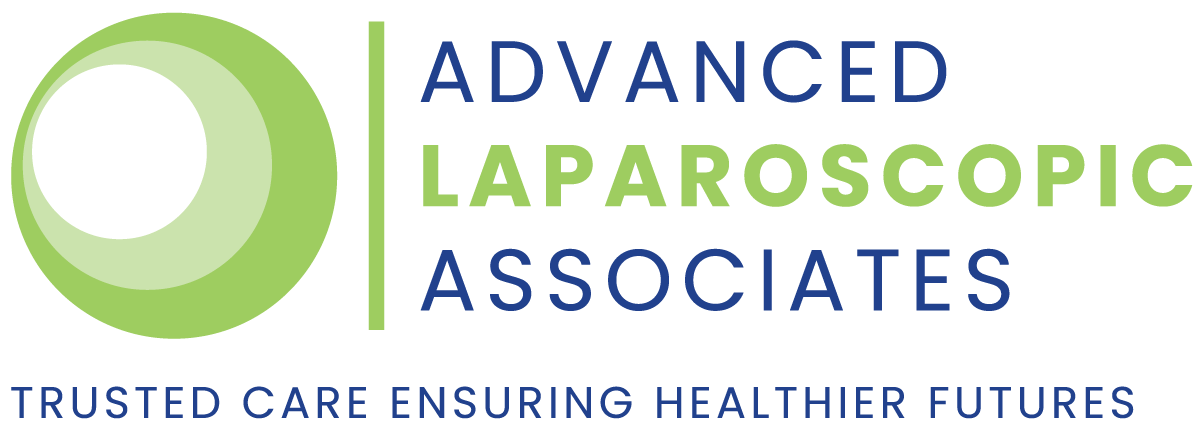
Umbilical Hernia
An umbilical hernia is an outpouching of tissue through the wall of abdominal muscles near the belly button (otherwise known as the “umbilicus”). It’s possible for internal organs (such as a loop of intestine), fluid or other types of tissue to protrude through this defect in the muscle wall and create a bulge. The hernia appears as a lump or mass right around your belly button. It may be more pronounced when you strain or after you’ve had a big meal.
What Causes an Umbilical Hernia?
Umbilical hernias are very common in infants (affecting up to 20 percent at birth) because they are caused by the growth process of a fetus. During gestation, a small opening in the wall of abdominal muscles allows the umbilical cord to pass from mother to fetus. This leaves a small opening in the muscle wall at birth, through which an umbilical hernia can occur. Often, these types of hernias presented at birth will resolve (or “reduce”) on their own over time without intervention.
An umbilical hernia in adults may be caused by circumstances that increase the pressure of the abdominal cavity, such as chronic vomiting or coughing, excess fluid in the cavity, an enlarged bladder, constipation, obesity, pregnancy, straining or lifting heavy objects.
What Are the Symptoms?
Umbilical hernia symptoms include a bulge or swollen-appearing area around the belly button. This is almost always painless. In babies, this may become more obvious when they are straining during crying or while having a bowel movement. The hernia usually reduces or returns to a smaller size on its own once a baby has settled and is lying flat. Rarely tissue of an umbilical hernia will get trapped or stuck outside of the abdominal wall. This can cause symptoms such as pain or vomiting, and it needs to be surgically repaired immediately to avoid tissue damage.
How Is an Umbilical Hernia Treated?
Many umbilical hernias in infants resolve on their own after the muscle wall around the belly button strengthens. However, if it doesn’t improve, the treatment is surgery. In adults, these hernias usually do not resolve on their own and may need to be treated surgically.
When is Surgery Needed?
Umbilical hernia surgery is typically needed if the hernia is very large or if it has gotten stuck. In children, experts note that 90 percent of umbilical hernias will close by age 5, but if the hernia is still noticeable after age 3, surgery may be considered. In adults, the hernia may need to be treated if it is causing discomfort, if it is getting larger over time or if it has gotten stuck (incarcerated or strangulated).
How is Surgery Performed?
Surgeons typically perform umbilical hernia surgery under general anesthesia. The procedure is very straightforward. A small incision is made around the belly button, and the surgeon uses this entry point to push the bulging abdominal tissue back through the abdominal muscle wall where it belongs. Then, the muscle wall is reinforced using mesh or many layers of stitches. This reinforcement ensures that the hernia will not reoccur.
A laparoscopic approach to umbilical hernia surgery can reduce recovery time and recovery pain levels. This surgery can also be done using a traditional “open” repair method, but laparoscopic hernia repair is the less invasive option. After the surgery, the recovery time is generally a few weeks. You will be given specific post-surgery guidance from your surgeon, including lifting restrictions that you should follow until you’re fully healed.
How to Learn More About Umbilical Hernias
At Advanced Laparoscopic Associates (ALA), we are proud to provide comprehensive, personalized care to help patients identify and manage surgical problems such as umbilical hernias. If you believe you or a loved one may have a hernia, contact ALA today.
Call (201) 646-1121 today and schedule your consultation with one of our surgeons!
Or use our online Request an Appointment form.
